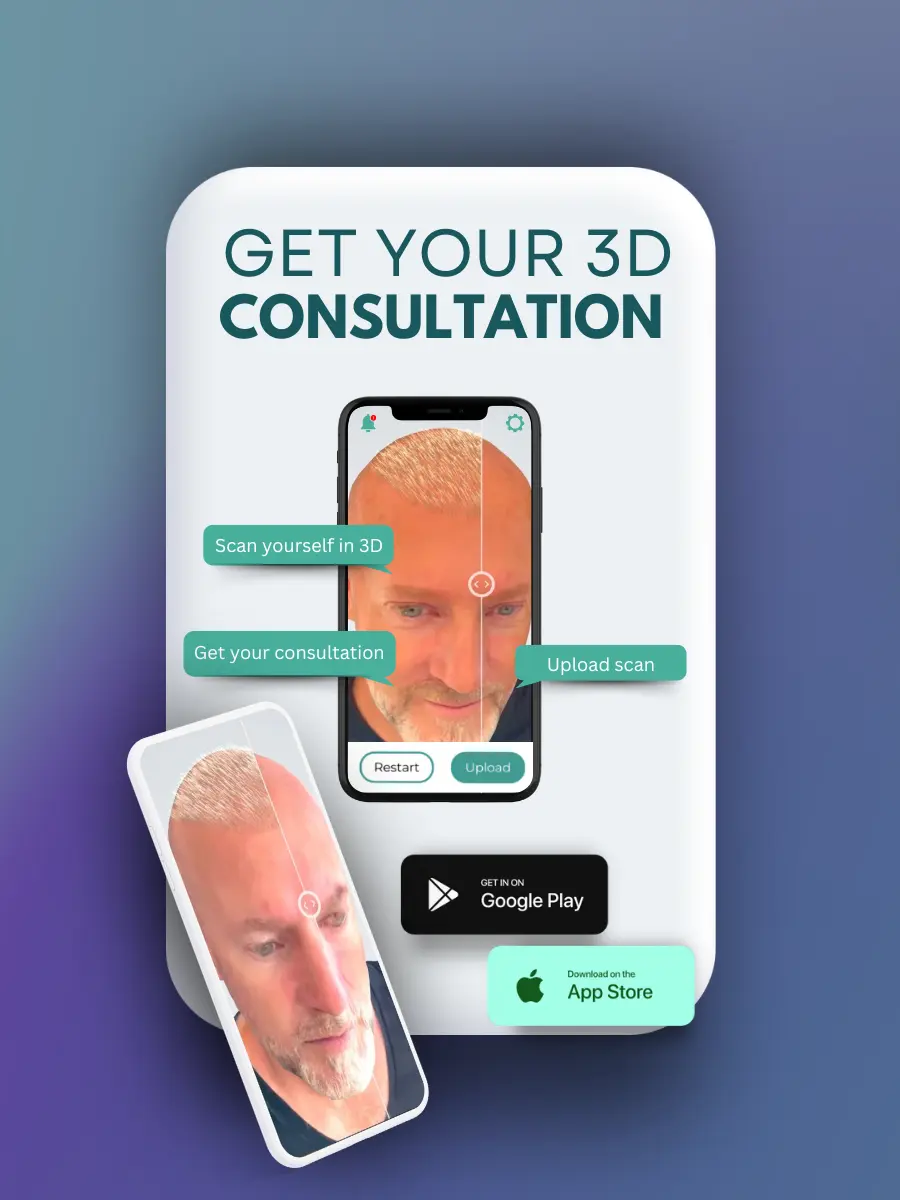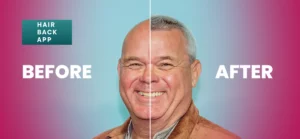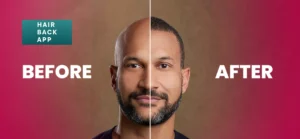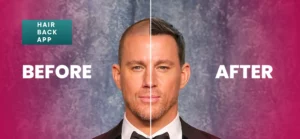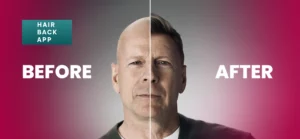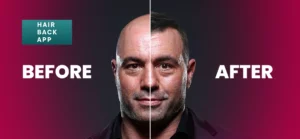Myths and Misconceptions About Hair Transplants are prevalent, creating confusion and apprehension among those considering the procedure.
My name is Emma Wright, your resident hair restoration specialist. Today we’ll be discussing Myths and Misconceptions About Hair Transplants. If you are worried over some Myths and Misconceptions About Hair Transplants, we can put those concerns to rest.
Hair transplants have become an increasingly popular solution for hair loss, but misinformation can deter people from making informed decisions.
In this article, we’ll explore what myths and misconceptions are, common myths and misconceptions surrounding hair transplants and provide clarity based on factual information.
Understanding Myths and Misconceptions
Myths and misconceptions are widespread beliefs or ideas that are not based on factual evidence or logical reasoning.
These false notions often emerge from a combination of cultural influences, incomplete information, or misinterpretations. They can significantly impact people’s understanding and decision-making processes.
Myths
Myths are traditional stories or widely held beliefs that typically explain natural or social phenomena, often involving supernatural elements or deities. In a broader context, myths can also refer to false or unfounded beliefs that have gained acceptance over time.
These beliefs are usually passed down through generations and can become deeply ingrained in society, even though they lack factual basis.
Misconceptions
Misconceptions are incorrect or mistaken views or ideas resulting from faulty thinking or understanding. Unlike myths, misconceptions may not have a long historical background but are instead born out of misinterpretations, lack of information, or misinformation.
They often arise from misunderstandings of facts, poor communication, or assumptions made without sufficient evidence.

Myths and Misconceptions About Hair Transplants
Here are some common myths and misconceptions surrounding hair transplants
Myth 1: Hair Transplants are Only for Men
While it’s true that men, particularly those experiencing male pattern baldness, are the most common recipients, women also undergo hair transplants. Women facing scarring alopecia or other types of hair loss can benefit significantly from the procedure. Hair transplants cater to anyone with significant hair loss, regardless of gender.
Myth 2: Hair Transplants are Painful
Another common misconception about hair transplants is that the procedure is extremely painful. While some discomfort is to be expected, modern techniques have minimized the pain involved. Local anesthesia is used during the procedure to ensure that patients are comfortable.
Post-surgery, any pain or discomfort is manageable with prescribed medication and typically subsides within a few days.
Myth 3: Results are Immediate
A prevalent myth about hair transplants is the expectation of immediate results. Hair transplant results take time. After the initial procedure, the transplanted hair will fall out within a few weeks – this is a normal part of the process.
New hair growth begins after three to four months, with full results typically visible after 12 to 18 months. Patience is essential when it comes to hair transplants.
Myth 4: Hair Transplants Look Unnatural
Many people believe that hair transplants result in unnatural-looking hair. This misconception about hair transplants stems from outdated techniques that often left noticeable plugs or scars.
However, modern hair transplant methods, such as Follicular Unit Extraction (FUE) and Follicular Unit Transplantation (FUT), provide natural-looking results. Skilled surgeons meticulously place hair follicles to match the patient’s natural hair growth pattern, making it nearly impossible to distinguish transplanted hair from natural hair.
Myth 5: Hair Transplants Are Only for the Wealthy
The cost of hair transplants is often perceived as prohibitively high, leading to the belief that only the wealthy can afford them. While it’s true that hair transplants can be expensive, they are more accessible than many realize.
Financing options and payment plans make the procedure more affordable for a broader range of people. Additionally, the long-term benefits and improved quality of life can outweigh the initial investment.
Myth 6: Hair Transplants Cause More Hair Loss
A common fear is that hair transplants will result in further hair loss. This myth about hair transplants is unfounded. In fact, hair transplants aim to address and rectify hair loss. It’s essential to understand that the transplanted hair follicles are resistant to the conditions that cause hair loss in the first place.
However, it’s crucial to manage expectations and realize that the procedure doesn’t prevent future hair loss in other areas of the scalp. Maintaining your new hairline might involve additional treatments or lifestyle adjustments.
Myth 7: All Hair Transplants Leave Scars
Another misconception about hair transplants is that they inevitably leave significant scars. While some scarring is possible, especially with FUT, FUE leaves minimal to no visible scarring. The advancements in surgical techniques have significantly reduced the likelihood of noticeable scars, making the procedure more appealing to a broader audience.
Understanding the Reality of Hair Transplants
To fully appreciate hair transplants, it’s important to understand the underlying causes of hair loss and how the procedure addresses them. Causes of hair loss can range from genetics and hormonal changes to medical conditions and lifestyle factors.
Hair transplants offer a permanent solution by relocating hair follicles from donor areas to thinning or balding areas.
Hormonal Hair Loss and Hair Transplants
Hormonal imbalances can be a significant factor in hair loss. Conditions like male pattern baldness and hormonal changes in women can lead to thinning hair and bald spots. Hair transplants can effectively counteract these issues, providing a long-term solution for those wondering how to stop hormonal hair loss.
Preparing for a Hair Transplant
Before deciding on a hair transplant, it’s crucial to understand the procedure, its benefits, and its limitations. Consulting with a qualified hair transplant surgeon is essential. They can provide personalized advice, answer questions about how to stop hair loss, and guide patients through the entire process, ensuring realistic expectations and satisfactory results.
Post-Transplant Care
After a hair transplant, proper care is crucial to ensure the best possible outcome. Patients should follow their surgeon’s instructions meticulously, which may include guidelines on washing hair, avoiding strenuous activities, and taking prescribed medications. Maintaining your new hairline requires ongoing care and possibly additional treatments to ensure the longevity of the results.
Conclusion
Understanding the myths and misconceptions about hair transplants is crucial for anyone considering this procedure. By debunking these myths and providing factual information, potential patients can make informed decisions about their hair restoration options.
Hair transplants are a viable and effective solution for many people experiencing hair loss, offering natural-looking results and improved confidence.

